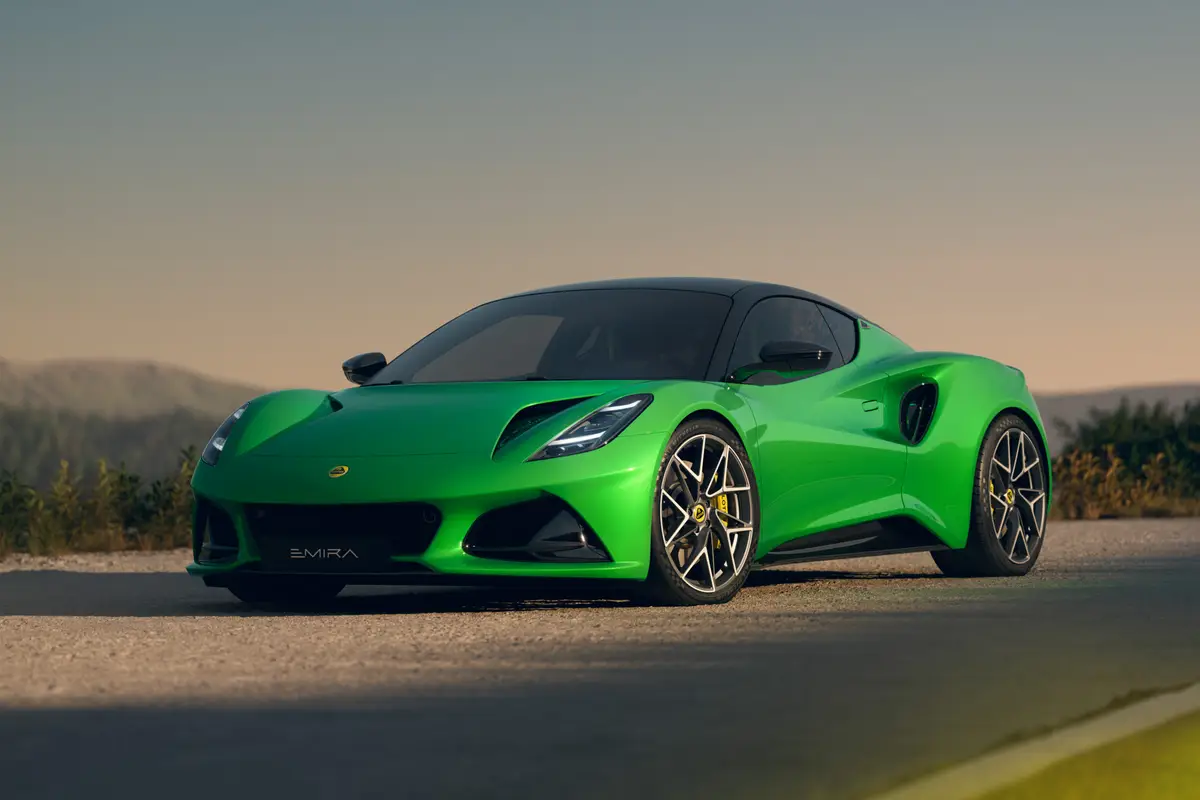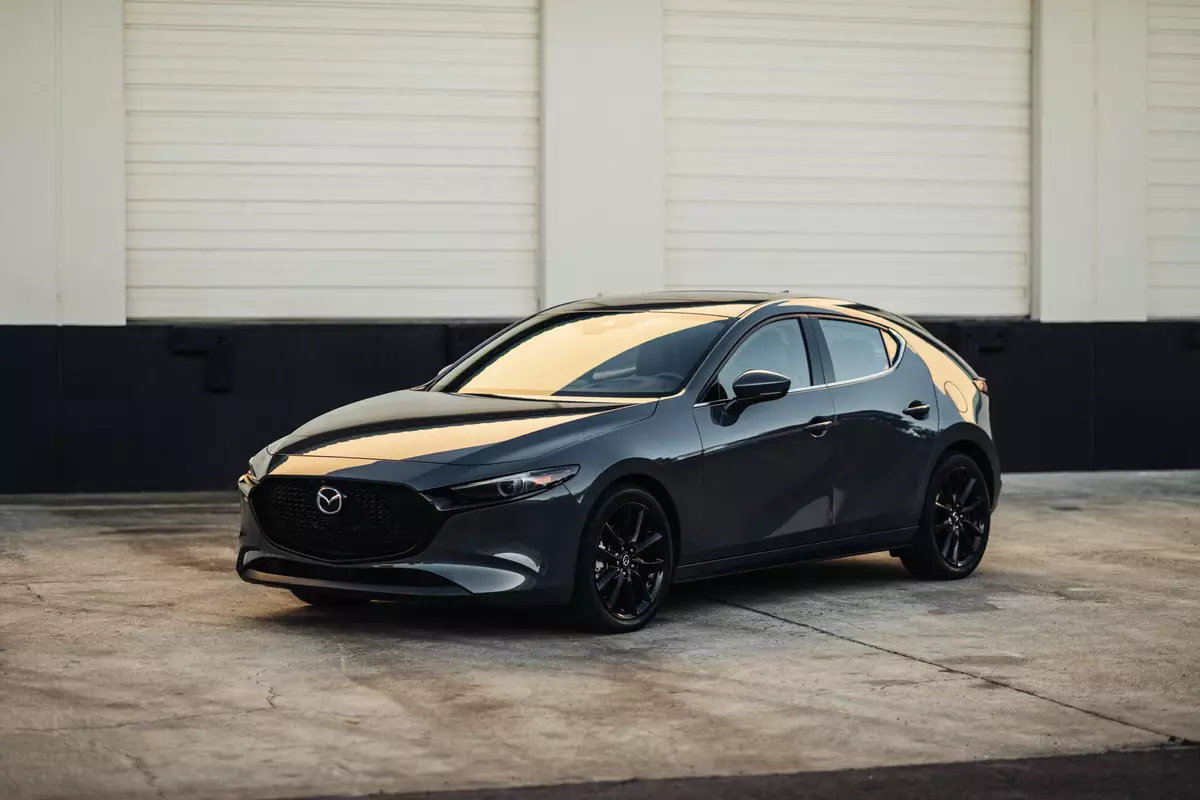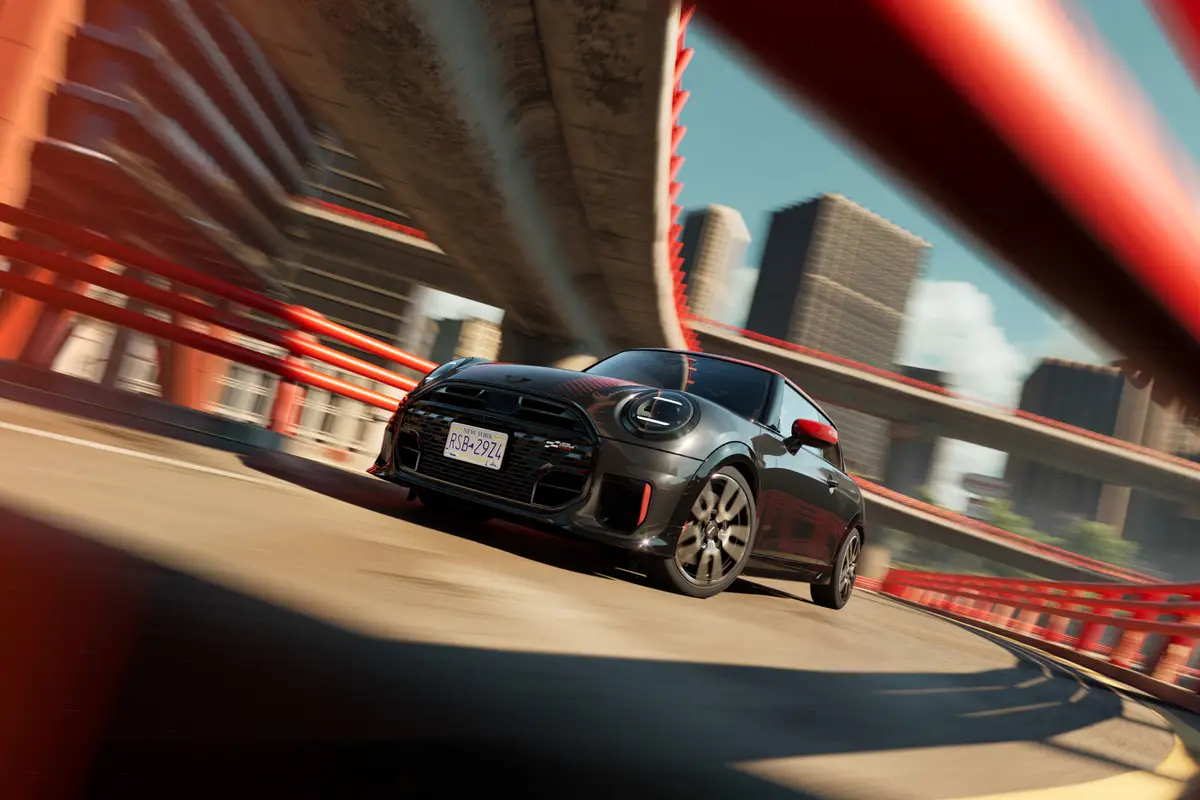The Morning Call and Mcall.com's view
Compact four-wheel drive utility vehicles are the ”in” vehicle and winter is the ”in” season for these popular and practical go-anywhere (within reason) modes of transportation.
The utility in utility vehicle is somewhat of a misnomer since practically none of these vehicles is used for anything as mundane as utilitarian purposes. However it was a name given long ago under different conditions and is still used today to describe this combination of truck/station wagon vehicle.
The utility vehicle, in the not too distant past, was once found mostly in rural and suburban settings. But over the years its character has changed with higher levels of luxury and greater selection of options and it no longer has a rustic image. And while not everybody in the city may own one or even want one, more and more are being found on the urban scene.
No doubt, the reason is the added security of four-wheel drive, even though there may be very few times during the year that four-wheel drive is actually needed. Also, these vehicles have became easier and easier to operate.
For example, take today’s test vehicle, the Ford Bronco II. This particular vehicle – a top-of-the-line Eddie Bauer model – has the optional ”Touch-Drive” system, which allows shifting ”on-the-fly” from 2-wheel high to 4-wheel high and back at any speed by touching a button in an overhead console. Response is instantaneous. The automatic locking hubs are engaged by a magnetic clutch that, according to Ford Motor Co., takes milliseconds to activate the system. Now things don’t get much easier than this.
But for those who still enjoying doing things the old fashioned way, the standard equipment free-running front hubs on the Bronco II are the manual locking type. So, there is a choice.
Front-wheel drive is best appreciated, and best demonstrated, in the snow. The test vehicle was driven more than 100 miles up and down mountains on a trip during one storm that dumped several inches of snow on the road. It managed to come through without undue strain or concern. Many two-wheel drive passenger cars can probably do the same thing but somehow it is just a little more peaceful doing it in a four-wheel drive utility vehicle.
Although the Bronco II is not really a large vehicle (it has a wheelbase of 94 inches and an overall length of 158.2 inches) it appears, or feels, much larger; no doubt because of its tall 68-inch height. The command of the road is excellent enabling a driver to see further ahead. And because of its surrounding glass, side and rear vision is also excellent.
The height happens to be the same as the width, which also gives it a somewhat top-heavy appearance. Being aware of lawsuits and so forth, Ford, like manufacturers of other utility vehicles, has a warning posted on the sun visor, which in effect says it is a different type of vehicle and shouldn’t be driven around cor ners like a sports car or you are liable to turn turtle. These of course are not the exact words but they do imply the same meaning.
After reading the warning, a driver may be a little shy. But the basic suspension system is just about the same as the Ranger pickup – ”Twin-I- Beam” independent front suspension and leaf springs with a live axle in the rear – thus it is very rugged and not really all that touchy. The test vehicle was taken through curves and cloverleafs at passenger car speeds and it took everything in stride. This is not a recommendation to take a Bronco II out and pretend it is a Mustang GT. Read the warning on the sun visor and use some common sense.
The Bronco II is rated as a four-passenger vehicle and as such all four passengers will have decent room. Cargo capacity with the rear seat up measures 25.6 cubic feet. With the rear seat down, capacity is increased to 64.9 cubic feet. As mentioned, the test car was an Eddie Bauer model whi h meant it had a high level of interior trim in an outdoorsy fashion. Everything is done in earth colors and there is a pleasant ambience about it.
The outdoor theme shouldn’t be carried too far however. In other words it is not the type of vehicle in which one would throw a bucket of bluefish or jump into after a hunting trip through the swamps. It may be just a little too dressy for any consumptive outdoor activities. The interior is great for those who like to dress up for the outdoors but not actually do anything that would get them dirty.
Powering the Bronco II is a 2.9-liter/176-cubic-inch V-6 featuring multiport fuel injection. The engine is rated at 140 horsepower at 4,600 rpm and 170 foot pounds torque at 2,600 rpm and provides plenty of power for all driving conditions. The test car was equipped with the optional four-speed automatic overdrive transmission which also did its job under all conditions. The transmission together with the Touch Drive four-wheel drive system really took all the effort out of driving (and thinking).
For those who prefer to shift for themselves, the standard transmission looks interesting (and besides it doesn’t cost any more). New for 1988, it has a five-speed manual that is synchronized in all gears, including reverse.
Fuel mileage for the test vehicle wasn’t all that bad, considering conditions – it was driven through snow and was in four-wheel drive at least a quarter of its testing period. It averaged 13 miles per gallon for city driving and 18 mpg over the highway. EPA rates the automatic version at 17 mpg city and 22 highway and the five-speed manual version is estimated at 18 city/ 22 highway.
Compact four-wheel drive utility vehicles are not cheap, no matter who makes them. And they get more expensive as they get more civilized. So, with a base price of $13,324, the Bronco II is in line with the competition. The Eddie Bauer test vehicle was a bit pricey at $17,941 but it had just about everything a Bronco II offers. (The test vehicle was actually more expensive but it did have special discounts totaling more than $1,350.)
The biggest expense was the Eddie Bauer package, listed at $4,452. This includes the higher level of trim, air conditioning, power window/lock group, electronic AM/FM stereo/cassette/clock, spare tire carrier/cargo cover and rear window wiper/wash/defrost. Other extras include, four-speed automatic transmission, $896, and luggage rack, $126.
The vehicle is covered by Ford’s 6-year/60,000-mile limited warranty on major components and a 6-year/100,000-mile corrosion perforation warranty.
Latest news



